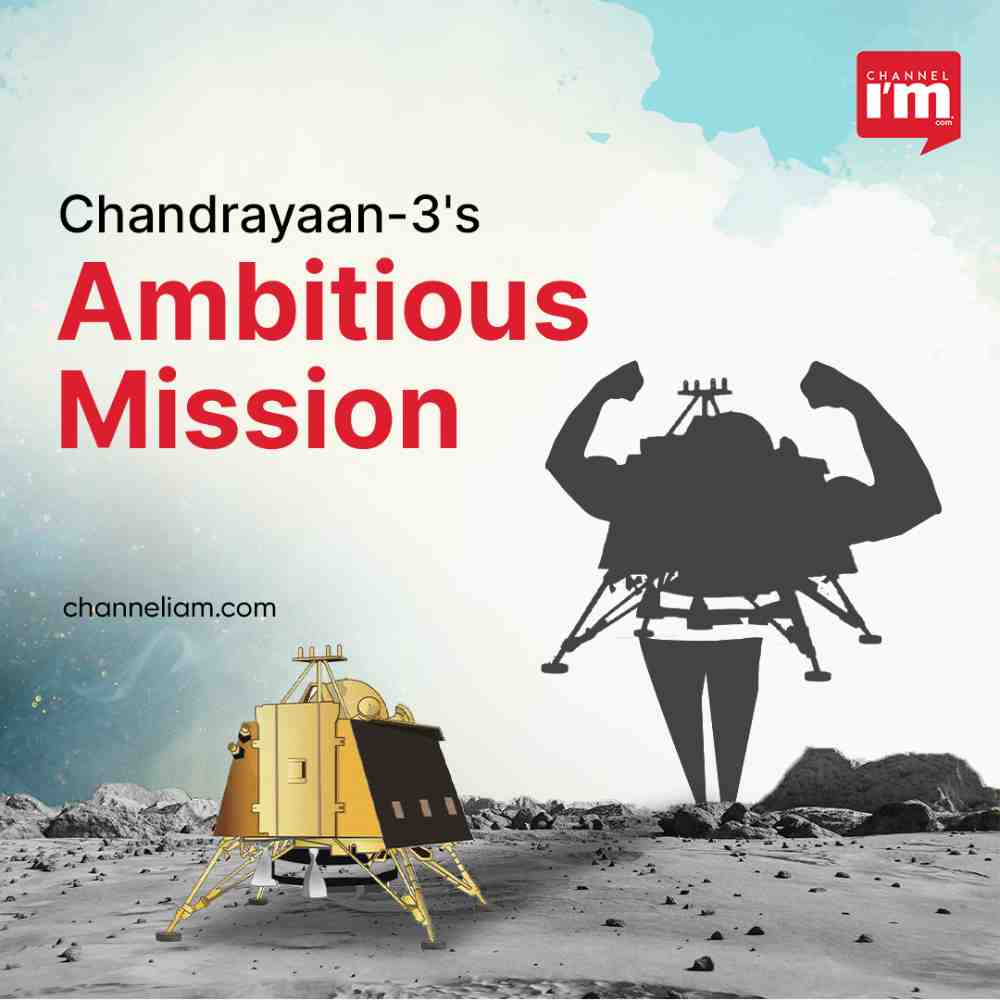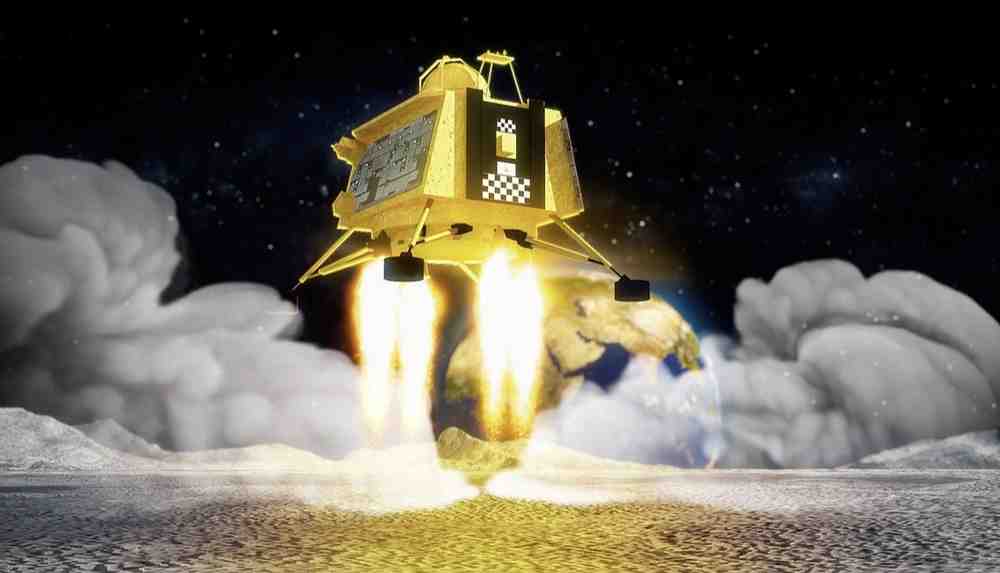India’s Leap to the Moon: Chandrayaan 3’s Historic Touchdown
In a defining moment for India’s space exploration endeavors, the nation celebrated as Chandrayaan-3 made its triumphant landing on the lunar surface. This achievement marked a significant milestone, showcasing India’s prowess in space technology and its ability to compete on the global stage.

Setting the Stage for Success
Standing at a towering height of approximately 2 meters and weighing over 1,700 kilograms, the Chandrayaan-3 lander touched down on the lunar surface with precision and finesse. On the evening of August 23, at 17:47, Chandrayaan-3 angled itself nearly perpendicular to Earth, positioning itself at an angle of about 90 degrees. Its trajectory aimed it towards the Moon’s southern hemisphere, a strategic move that would lay the foundation for upcoming lunar missions.
Unveiling Lunar Resources
The Chandrayaan-3 mission has a profound purpose – to unveil crucial resources such as oxygen, fuel, and water that are pivotal for establishing a sustainable lunar outpost. With a span of experiments spanning a lunar day, roughly 14 Earth days, Chandrayaan-3 is set to meticulously analyze the mineral composition of the lunar surface using a specialized spectrometer.

The Critical Countdown: A Nail-Biting Descent
On August 23, the final 15 minutes of the landing mission held the breath of the entire nation. This window was crucial for the Indian Space Research Organisation (ISRO) to transition the lander from a horizontal position to a vertical one, an essential maneuver for a controlled and seamless lunar descent.
Distinguishing Features of Chandrayaan-3
Unlike its predecessor, Chandrayaan-3 doesn’t feature an orbiter module. The primary objective of this mission is to rectify the missed opportunity of Chandrayaan-2 and successfully land on the lunar south pole while conducting topographical investigations through its rover. With lessons learned from the Vikram lander’s past setback, ISRO employed “Failure-Based Design,” addressing potential failure points meticulously, from sensors and engines to algorithms and computations. Moreover, the designated landing area was expanded significantly, reducing the risk of damage.
The Decisive Landing Process

Chandrayaan-3’s landing was a multistage process that required intricate calculations and precision execution. Here’s how the lander accomplished its successful touchdown:
1. Rough Braking Phase: To transition from a near-horizontal orientation to a vertical one, Chandrayaan-3 embarked on a mathematical feat. This phase, lasting about 690 seconds, aimed to decrease horizontal velocity from around 1.68 km/s to 358 m/s and vertical velocity to 61 m/s, as the lander descended from 30 km to 7.42 km.
2. Attitude Hold Phase: At an altitude of 7.42 km, the lander executed a 10-second “attitude hold phase.” This maneuver initiated a tilt, transitioning from horizontal to vertical alignment while reducing the height to 6.8 km and speed to 336 m/s (horizontal) and 59 m/s (vertical).
3. Fine Braking Phase: The “fine braking phase,” spanning approximately 175 seconds, marked the third phase. During this period, the lander covered the remaining 28.52 km to the landing site, reducing altitude to 800/1000 m while maintaining a nominal speed of zero m/s.
4. Terminal Descent Phase: In the final moments, the “terminal descent phase” concluded with a soft touchdown at a maximum speed of 3 m/s, ensuring the safety of onboard equipment. The lander’s innovative design allowed for up to 12 degrees of tilt, ensuring a secure landing.
Exploring the Lunar Landscape
Upon a successful landing, Chandrayaan-3’s next step involves deploying its rover, equipped with instruments designed to capture images of the lunar surface and conduct various experiments. Noteworthy payloads onboard the lander include Rambha-LP (Langmuir Probe) for plasma concentration measurement, ChaSTE (Lunar Surface Thermophysical Experiment) to study thermal properties, and ILSA (Instrument for Lunar Seismic Activity) for seismic analysis.

In this monumental achievement, India has propelled itself into an elite group of nations capable of executing complex lunar missions. Chandrayaan-3’s triumphant landing stands as a testament to India’s technological prowess and its unwavering commitment to pushing the boundaries of space exploration.
